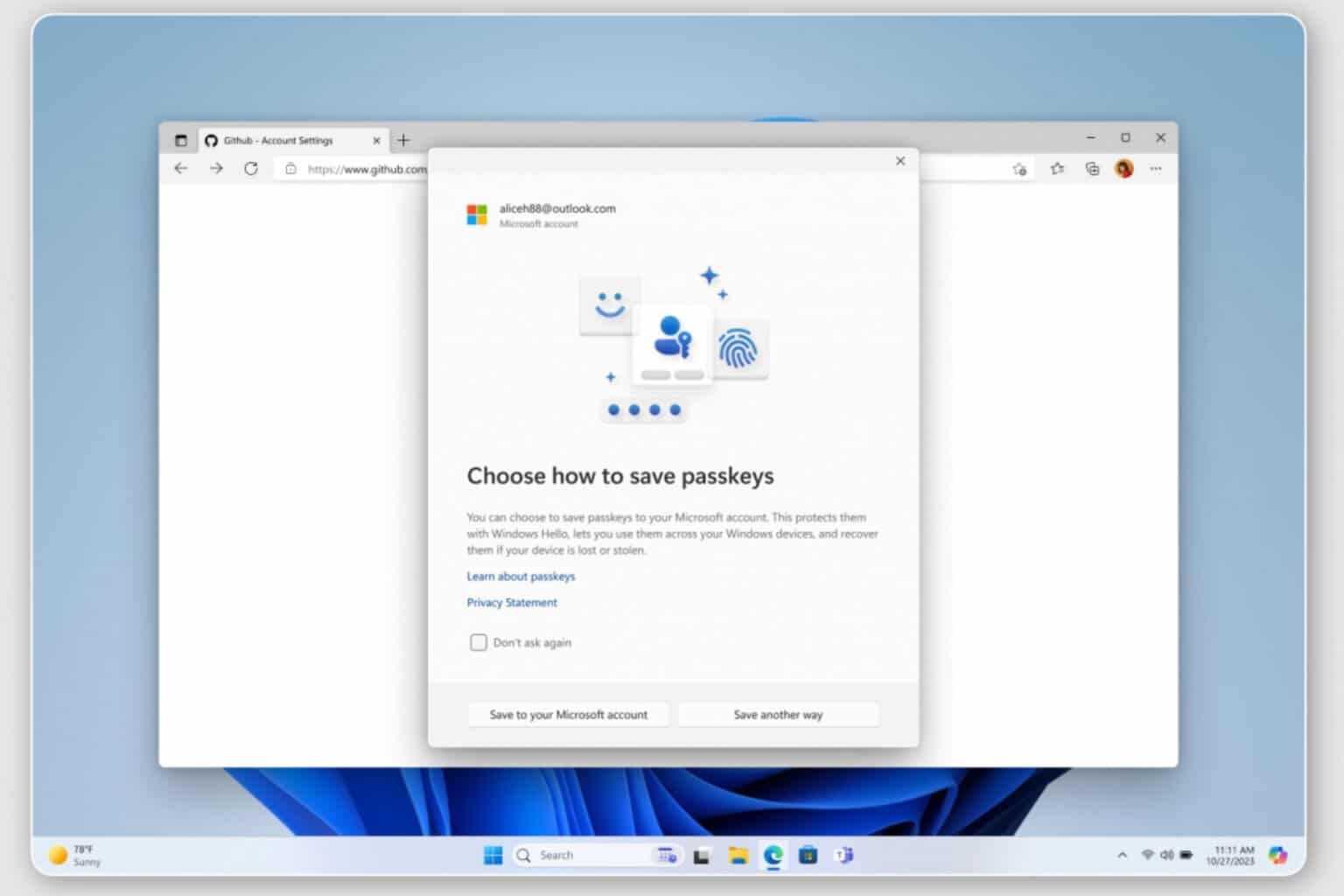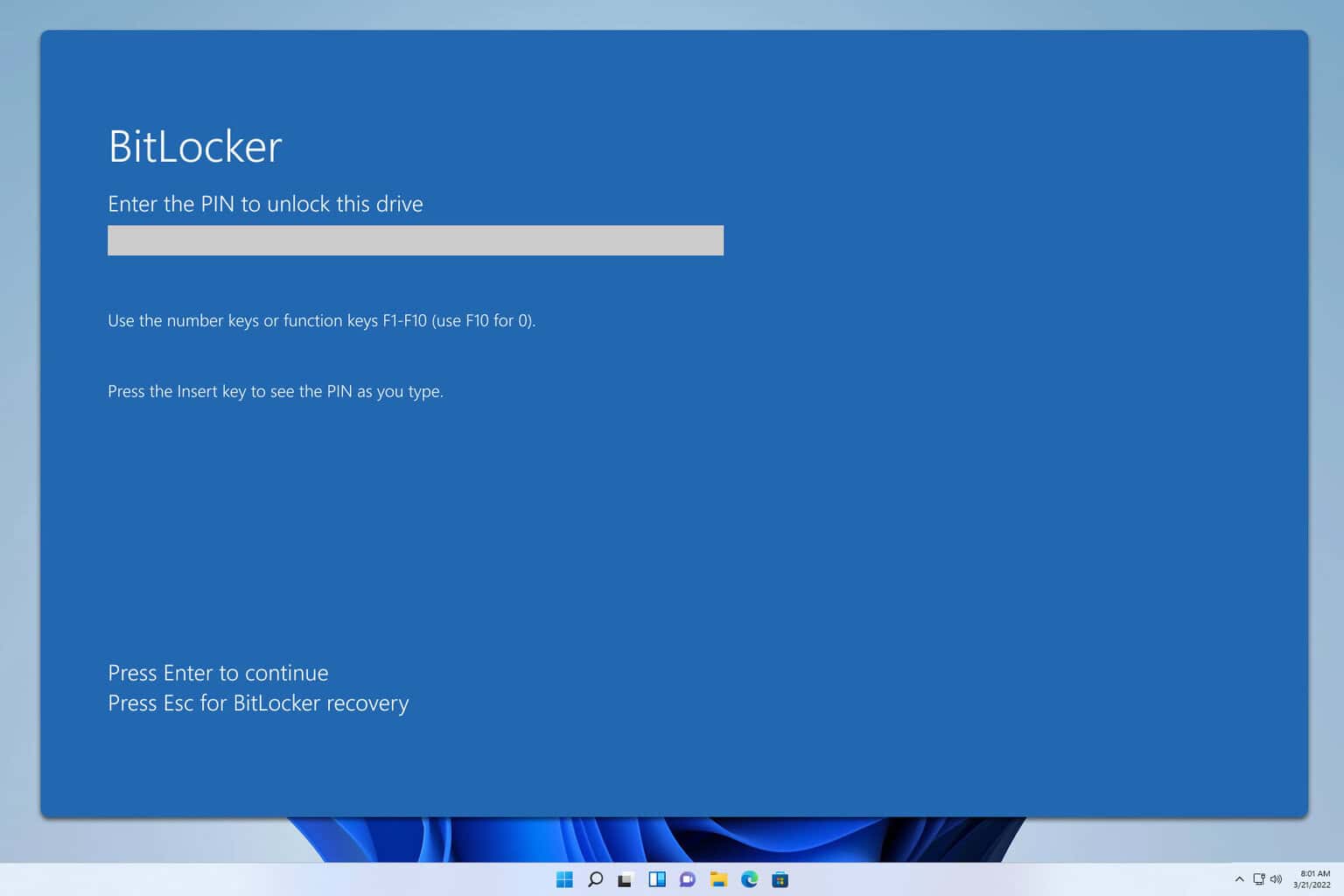Copilot on Windows 10 is happening: But is it a good idea?
Microsoft might release Copilot on Windows 10 in a future update.
3 min. read
Updated on
Read our disclosure page to find out how can you help Windows Report sustain the editorial team. Read more

Microsoft recently released Copilot on Windows 11, after the Redmond-based tech giant teased it for several months. In less than a year since ChatGPT made its way into the world, Windows 11 has a native AI app that can do almost anything you of it, within good reasons, of course.
Copilot is next-level Cortana, enhanced to suit the needs of the modern Windows user: it can easily compose texts for you, automatically set your Windows 11 to a dark theme, and recommend stuff for you to do.
With this being said, Microsoft is reportedly planning to bring Copilot to Windows 10. The reason behind it? Windows 10 has the numbers and could prove to be the perfect ground for testing a Copilot adoption.
Copilot will retain most of its features and capabilities on Windows 10, and the AI tool will be accessed through the Windows 10 taskbar. It will also open like it currently does on Windows 11, with a sidebar. The AI tool will reportedly be coming to Windows 10 in a future update.
But is it a good idea? Could the Windows 10 community accept Copilot?
Is Copilot on Windows 10 a good idea?
Windows 10 won’t be receiving any major updates anymore, as the OS is expected to reach EOS in October 2025. However, the Windows 10 community is still more popular than the Windows 11 one, and judging by the number, it won’t change any time soon.
More than 1 billion people use Windows 10, so it’s understandable why Microsoft would want to release it there, as well.
However, given the fact that most Windows 10 users don’t upgrade to Windows 11 because of the features that the newer operating system has, most people would be displeased with Copilot on Windows 10.
One of the reasons Windows 10 is still used by so many is the quality of its performance: Windows 10 is stable, fast, and suitable for older devices. Copilot is a continuous app that consumes power even after closing it, so the addition of an AI app getting a big portion of CPU and RAM power might not be preferable to a lot of these users.
As you can see in the picture below, Copilot starts as a Microsoft Edge disguise with 13 instances open all the time, even when not using it at all. It’s not quite preferable on lower or mid-range devices.
If Microsoft wants to release Copilot on Windows 10, the Redmond-based tech giant will have to build a version of Copilot that is not too demanding.
Speaking of comparisons, if you want to know the difference between Copilot and Pro versions, check out this extensive Microsoft Copilot Vs. Copilot Pro comparative guide.
What do you think about it? Would you like to see Copilot coming to Windows 10 or not?









User forum
1 messages